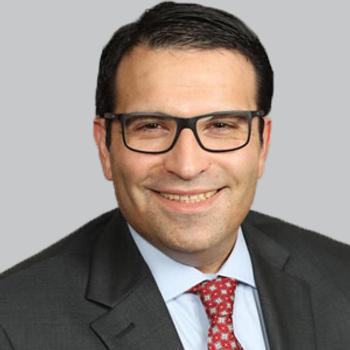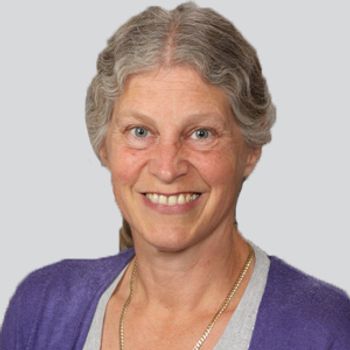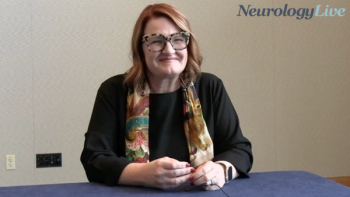
Establishing a Proof Of Concept Model to Improve MS Treatment Optimization: Carrie Hersh, DO, MSc
The associate professor of neurology at the Cleveland Clinic Lerner College of Medicine offered insight on her presentation at ECTRIMS 2022 looking at 2-stage models to better understand heterogeneous treatment effects of MS DMTs. [WATCH TIME: 6 minutes]
WATCH TIME: 6 minutes
"Personalized predictions of what we call treatment effects have become really critical for clinical decision making, especially given the variable safety and efficacy profile of these different disease-modifying therapies for relapsing forms of MS. Patients often experience different outcomes under the same treatment."
Over the years, the treatment toolbox for patients with relapsing multiple sclerosis (MS) has grown immensely, with several different options and routes of administration to choose from. Finding the right therapy for an individual can be a challenge for clinicians, considering a lot of the available treatments differ in safety, efficacy, and tolerability profiles, as well as mechanisms of action. Several of those in the field, including Carrie Hersh, DO, MSc, are looking to find ways of understanding the heterogeneous treatment effects (HTE) in MS and how they can inform personalized medicine decisions.
At the
In the first stage, baseline relapse risk scores were derived by logistic LASSO regression with baseline covariates as inputs. All told, the relapse risk model achieved an area under the curve of 0.75. Hersh, an associate professor at the Cleveland Clinic Lerner College of Medicine, sat down with NeurologyLive® to provide an in-depth analysis of the newly developed 2-stage models. She detailed how she went about the analysis, the importance of incorporating all DMTs, and how the model could potentially improve personalized medicine going forward.
REFERENCE:
1. Hersh CM, Sun Z, Grossman CI, Shen C, Pellegrini F, Campbell N. Proof-of-concept for 2-stage models of heterogenous treatment effects derived from the real-world MS PATHS research network. Presented at: 2022 ECTRIMS Congress; October 26-28; Amsterdam, Netherlands. P372
Newsletter
Keep your finger on the pulse of neurology—subscribe to NeurologyLive for expert interviews, new data, and breakthrough treatment updates.


































